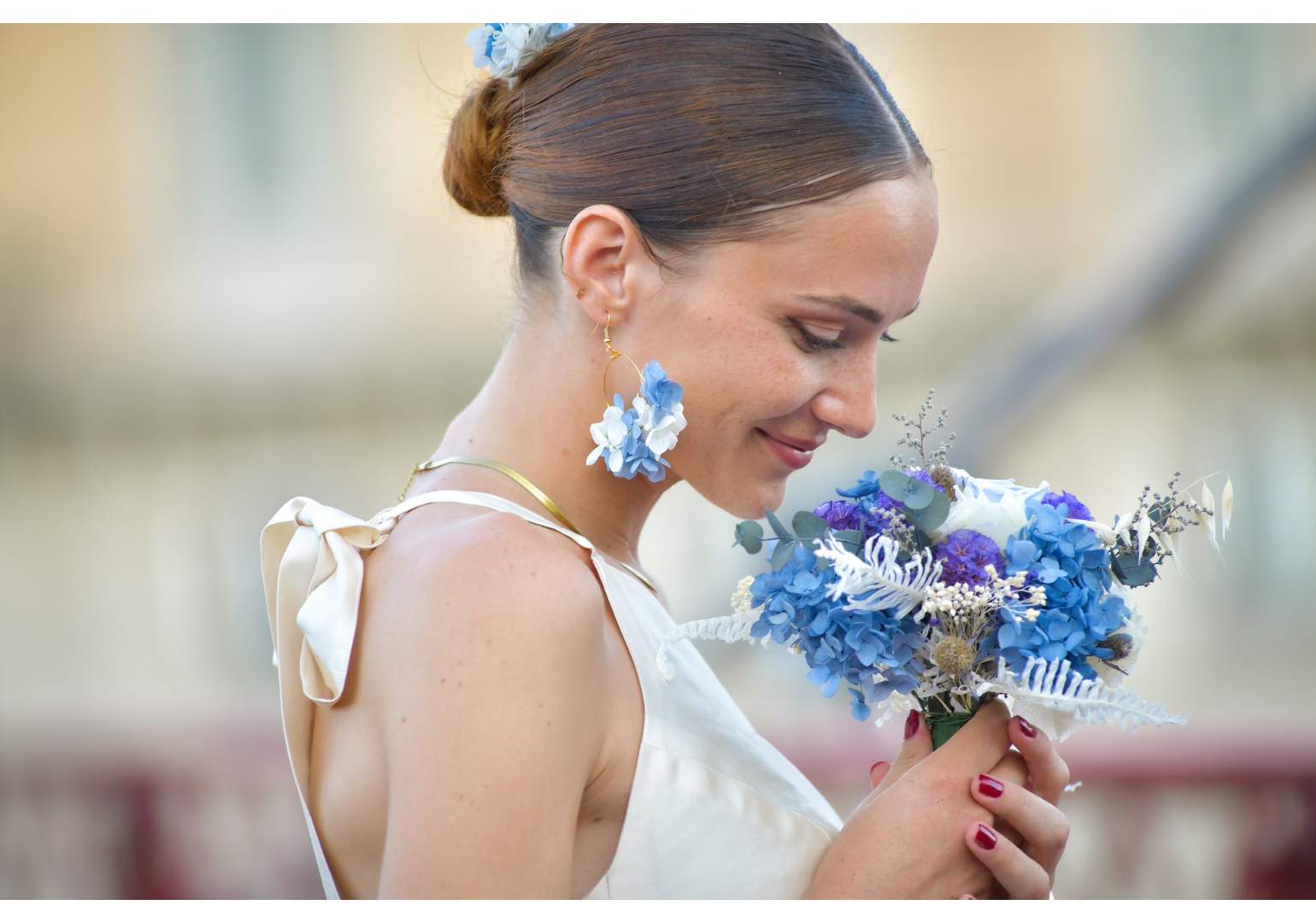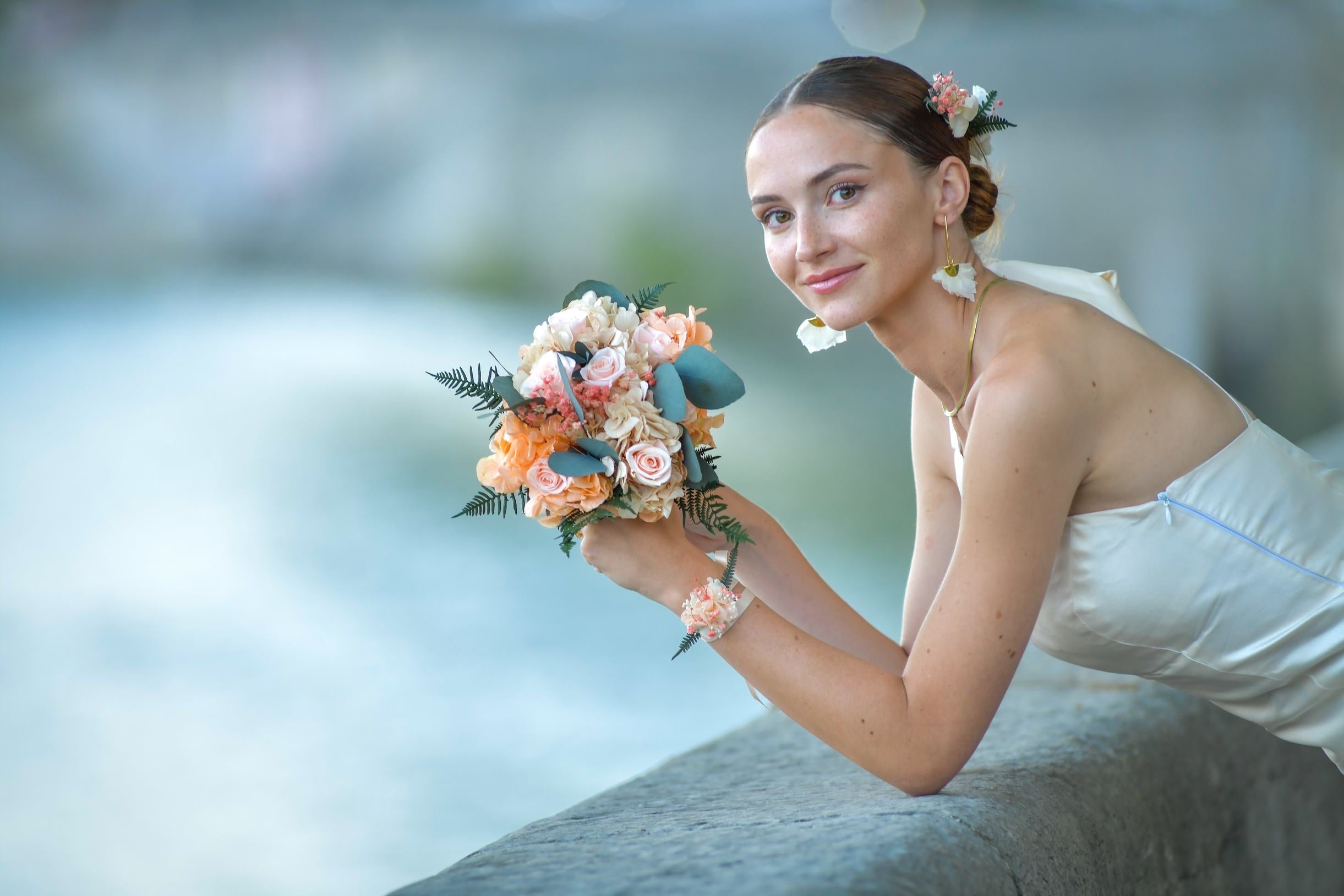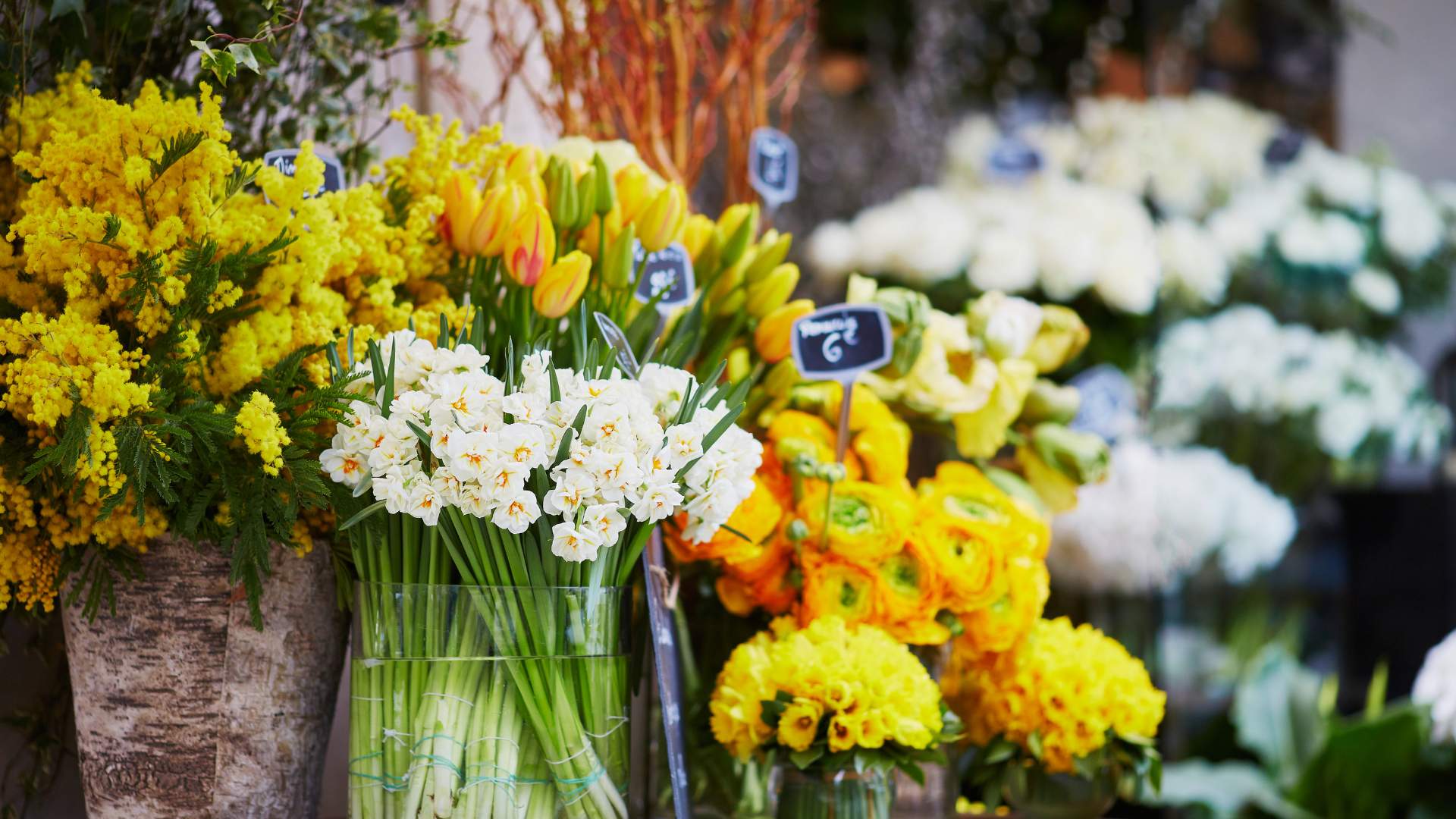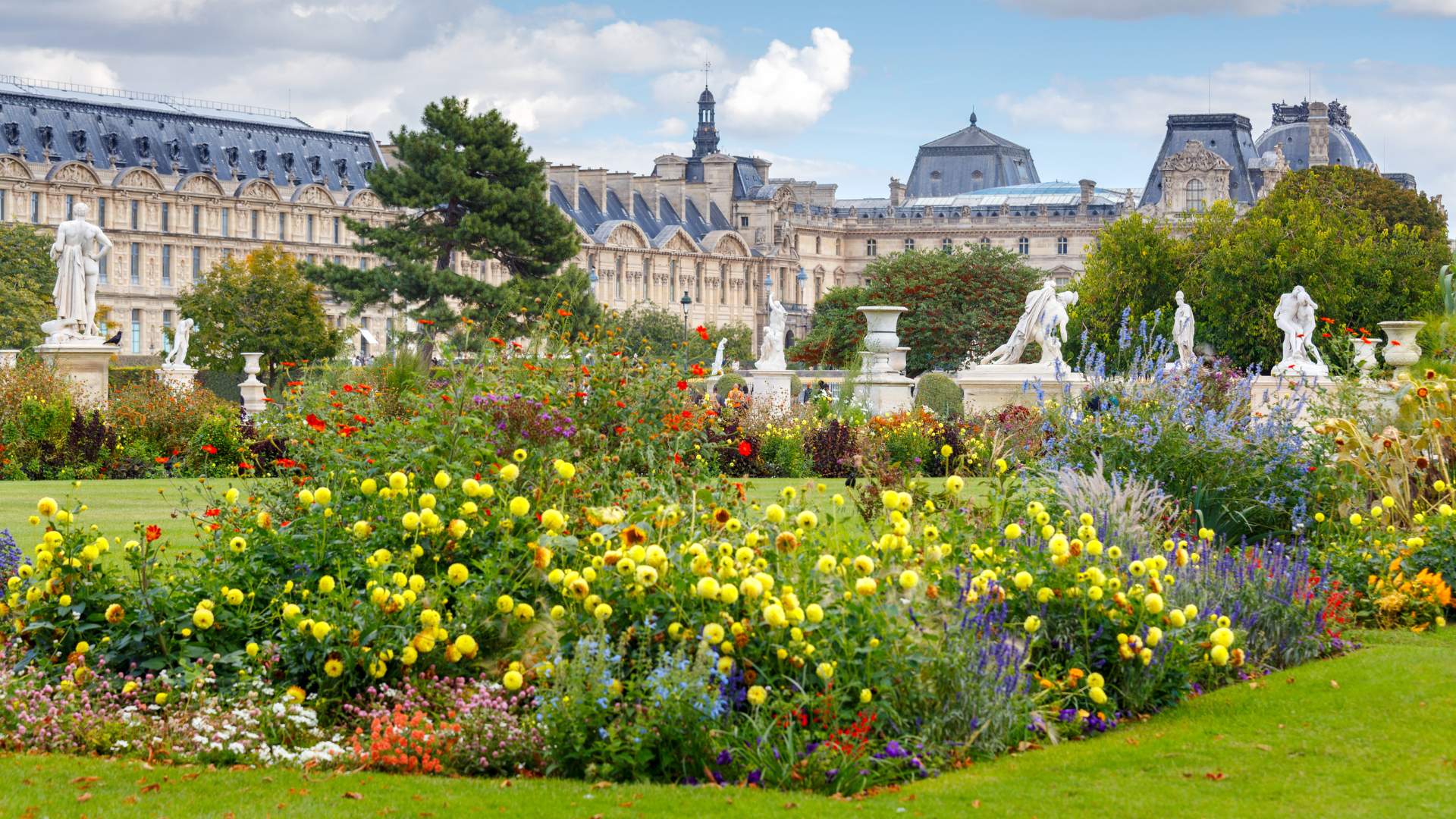Ikebana, more than just a floral arrangement, is an ancient Japanese art that connects man with nature in a unique way, inviting contemplation and serenity. Deeply rooted in Japanese culture and traditions, this floral art has survived the centuries while preserving its fundamental principles and adapting to the influences of the modern world.
An art with deep origins
The history of ikebana dates back over six centuries, its origins closely linked to Buddhist religious rituals. Monks used floral arrangements to adorn altars and bring beauty and serenity to religious ceremonies. Over time, this art gradually became more widespread, reaching all strata of Japanese society and evolving into an art form in its own right, comparable to painting or sculpture.
During the Muromachi period (1336–1573), ikebana began to become formalized with distinct rules and styles. Flower arrangements were used in tea ceremonies, samurai homes, and temples, becoming a central element of Japanese culture. It was no longer simply a decoration, but a form of meditation and spiritual discipline.
Western influences and the evolution of Ikebana
The 19th century marked a turning point in the history of ikebana with the opening of Japan to the Western world. This opening was accompanied by the integration of Western influences into the art, diversifying its techniques and materials. Pinned flowers and horizontal compositions made their appearance, creating more fluid and dynamic arrangements. Industrialization and urbanization also led to an adaptation of the compositions to fit into more modern and smaller spaces.
The main schools of Ikebana
Many schools of ikebana have emerged over time, each with its own methods, styles, and philosophies. Some of the most important include:
- Ikenobo : Founded in the 6th century, this is the oldest school of ikebana. With a long monastic tradition, it remains faithful to classical methods of flower arrangement, emphasizing simplicity, harmony, and spirituality. Its compositions are characterized by formal structure and profound symbolism, reflecting natural cycles and Buddhist teachings.
- Ohara : Born in the 19th century, this modern school developed during Japan's opening to the Western world. It is known for introducing Western elements into art, such as pinned flowers and horizontal compositions, creating more fluid and dynamic arrangements. Ohara is distinguished by its flexibility and adaptation to contemporary environments.
- Sogetsu : Founded in the early 20th century, Sogetsu is renowned for its stylistic freedom. Inspired by modern art movements, it allows for the incorporation of unconventional materials such as glass or metal, sometimes transforming floral arrangements into true living sculptures. This school advocates innovation and creativity, encouraging its followers to express their individuality through their compositions.
The Fundamental Principles of Ikebana
Regardless of the school, all Ikebana compositions follow three main lines representing Heaven, Earth, and Man. These elements are defined and arranged according to specific rules:
- Shin : This is the longest line symbolizing the sky. It represents the masculine element and is usually directed upward. It embodies aspiration and spirituality, connecting the composition to higher dimensions.
- Soe : The second line represents Man and is usually about halfway up Shin. It symbolizes the feminine element and is often placed diagonally. Soe connects heaven and earth, balancing opposing forces and symbolizing the human presence in the universe.
- Tai : Finally, Tai is the shortest line, symbolizing Earth, and should be approximately half Soe. It represents balance and stability, anchoring the composition in the material world.
Creating an Ikebana Arrangement: A Beginner's Guide
For those interested in learning Ikebana, here are some simple steps to get started:
- Choose a solid base : Start by selecting a suitable vase. Ikebana vases are often wide and low, allowing for a freer arrangement of elements. The base should be stable and harmonize with the chosen natural elements.
- Select branches and flowers : Opt for sturdy branches and fresh flowers. Prioritize quality and color harmony over quantity. Branches structure the arrangement, while flowers add color and vitality.
- Arrangement of elements : Place each element according to the three fundamental lines (Shin, Soe, Tai). Ensure that the orientations and heights respect the necessary proportions. Each line must be distinct but in harmony with the others.
- Add personal touches : Feel free to add decorative elements such as leaves, stones, or twigs to personalize your creation. These personal touches reflect your own sensibility and creativity.
Ikebana: an invitation to contemplation and creativity
Ikebana endures as an invitation to travel and contemplation. This ancient art invites us to reconnect with nature and appreciate the beauty of simple elements. It also encourages us to develop our creativity and express ourselves through unique floral arrangements. Ikebana is not only an aesthetic activity, but a meditative practice that encourages us to slow down, observe, and sense the harmony around us.
Whether you're passionate about floral art or simply curious, Ikebana offers a gateway to a deeper understanding of nature and yourself. It's a practice that combines tradition and modernity, and despite outside influences, has retained its spiritual essence. By learning Ikebana, you embark on a timeless journey where each branch and each flower tells a story—one of balance and beauty.








